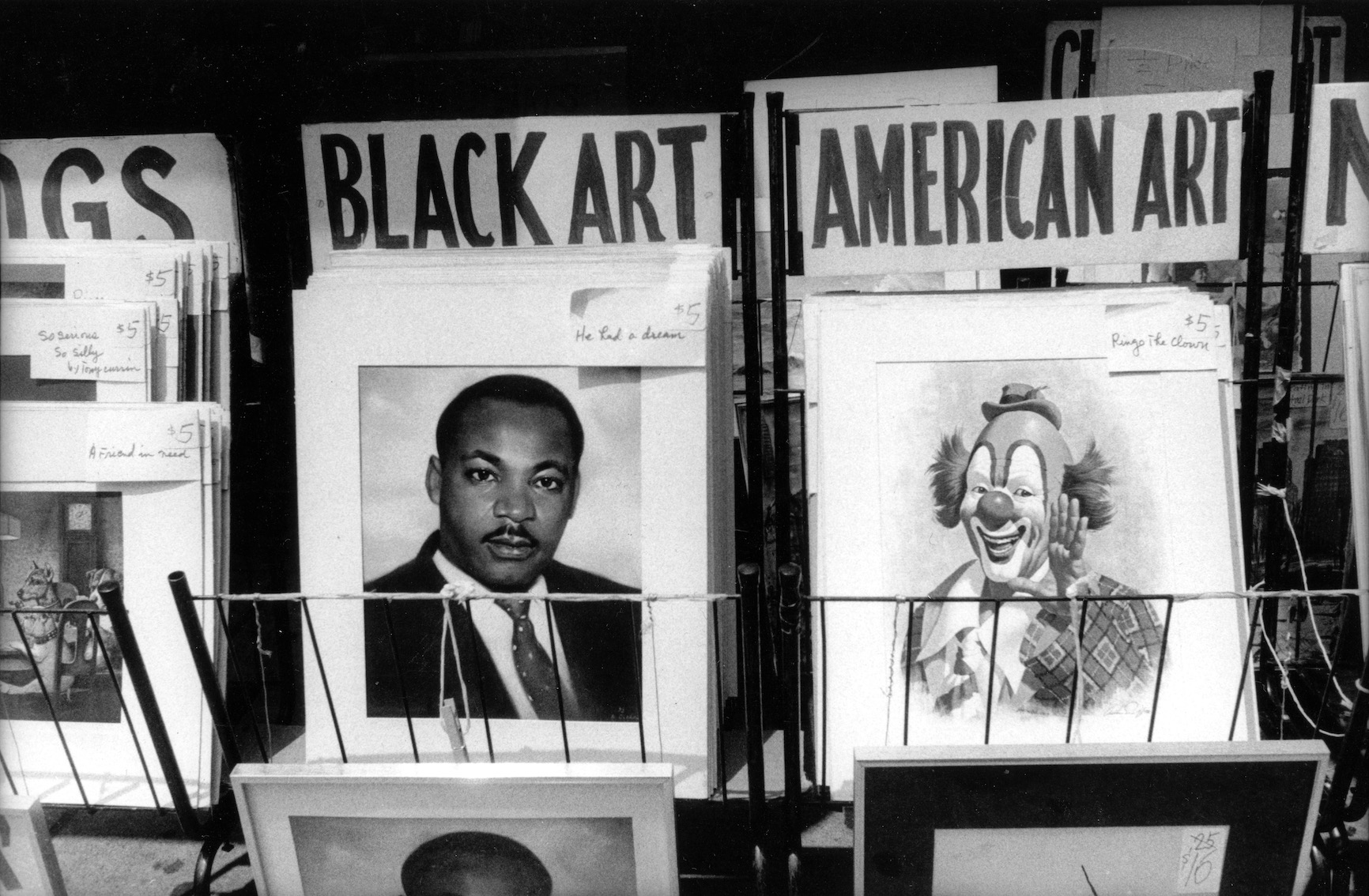«Comme le disait Garry Winogrand,« Je photographie pour voir à quoi ressemble les choses photographiées. »Ce livre est ce que j’ai photographié.»
David Godlis prend des photos dans les rues de New York depuis 40 ans. «Je suis photographe de rue. Je me promène avec une caméra et filme ce que je vois. Je fais cela depuis que j’ai acheté mon premier appareil photo 35 mm en 1970. »
Godlis Streets est le premier livre consacré à l’incroyable corpus d’œuvre de l’artiste et du photographe et se concentre sur les années 1970 et 1980. Les photographies de rue de Godlis de cette époque capturent des moments de mondanité, d’humour et de pathétique; son don pour l’observation aiguë et le cadrage impeccable élevant ces images à l’extraordinaire. Une définition de ce que la photographie de rue sincère peut et devrait être, Godlis Streets est la meilleure photographie du genre. Le livre est introduit par une préface de Luc Sante et une postface de Chris Stein.
Né à New York en 1951, David Godlis a pris son premier appareil photo en 1970 et depuis, il photographie sans arrêt. L’artiste est devenu amoureux du travail de rue de Robert Frank, Diane Arbus, Garry Winogrand et Lee Friedlander, entre autres. Godlis est tombé sur la scène punk en plein essor au CBGB sur le Bowery au milieu des années 1970. Et après avoir vu les photographies de Brassai de Paris dans les années 1930, il a commencé à photographier cette scène avec de longues expositions à la main sous les lampadaires Bowery. C’est cette technique qui a permis d’obtenir des photographies noir et blanc granuleuses désormais emblématiques des groupes punk des années 1970 au CBGB, notamment The Ramones, Television, Richard Hell et Blondie, documentées dans son premier livre History Is Made At Night. De la fin des années 1980 à aujourd’hui, il a été le photographe officiel non officiel de la Film Society of Lincoln Center, couvrant le Festival du film de New York ces 30 dernières années. Pendant ce temps, il continue de documenter les rues de New York.
“As Garry Winogrand said, ‘I photograph to see what things look like photographed.’ This book is what I photographed.”
David Godlis has been taking photographs on the streets of New York for the past 40 years. “I am a Street Photographer. I walk around with a camera and shoot what I see. I’ve been doing that ever since I bought my first 35mm camera in 1970.”
Godlis Streets is the first book dedicated to the artist and photographer’s incredible body of work and focuses on the 1970s and 1980s. Godlis’s street photographs from this time capture moments of mundanity, humour and pathos; his gift for acute observation and impeccable framing elevating these images to the extraordinary. A definition of what sincere street photography can and should be, Godlis Streets is the very best photography of its kind. The book is introduced by a foreword by Luc Sante and an afterword by Chris Stein.
Born in New York City in 1951, David Godlis picked up his first camera in 1970, and has been shooting photographs non-stop ever since. The artist became enamored with the street work of Robert Frank, Diane Arbus, Garry Winogrand, and Lee Friedlander, amongst others. Godlis stumbled into the burgeoning punk scene at CBGB on the Bowery in the mid 1970s. And after seeing Brassai’s photographs of Paris in the 1930s, he began to photograph that scene with long handheld exposures under the Bowery streetlights. It was this technique that secured now-iconic grainy black and white photographs of the 1970s punk bands at CBGB, including The Ramones, Television, Richard Hell, and Blondie, documented in his first book History Is Made At Night. From the late 1980s until today he has been the unofficial official photographer for the Film Society of Lincoln Center, covering the New York Film Festival for the last 30 years. Meanwhile, he continues to document the streets of New York.



